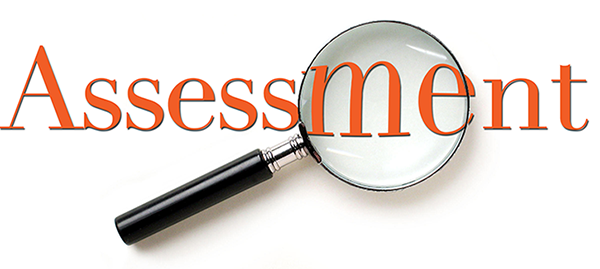 |
| http://australiancurriculumtfel.edublogs.org/files/2015/11/Assessment4-2grumgq.png |
This week, I learned about the five
different types of assessments: selected-response, constructed-response,
performance assessments, portfolio, and self-assessment (McMillian, 2008). I
think each of these assessments have their own strengths and weaknesses that
need to be considered before utilizing them in a classroom.
Personally, I enjoyed doing
portfolio assessment because it gave me self-motivation to research on my own.
I enjoy how personalized it was and how it allowed me to demonstrate what I was
researching. However, before I use this in a classroom I will consider that
although it demonstrates what a student learned on their own, it doesn’t
necessarily guide students to learn a specific topic. For example, in a math or
biology class, I wouldn’t depend on portfolio to teach a student the curriculum
but I will use it as a side project to let students explore specific topics
they are interested in. I think performance and self-assessments have the same
trait as portfolio assessment: although they promote and measure higher
cognitive abilities, they shouldn’t be used to measure knowledge of facts.
I think a balance between selected-response
and constructed-response questions most accurately measured my learning. Selected-responses
have a certain merit to them. If questions are worded correctly, I think this
could be a very helpful tool to include on tests. However, as a teacher, I will
use caution when using these types of questions in a classroom because I know
how easy it is for questions to be too confusing or too easy.
While selected-response questions
are like a broad web of measuring students’ knowledge; constructed-response
questions can fill in the gaps to ensure students actually understand
(McMillian, 2008). Although constructed-response is more reliable to measure
deep understanding, it still has its flaws. I remember as a student when
certain short-answer questions focused on a certain topic I didn’t study, and I
just had to leave it blank. As a teacher, I will help students avoid this
frustration on tests by giving test outlines that clarify what they will be
tested on.
Overall, I enjoyed all of these
assessments and I think they are all necessary in a classroom. Just as a dinner
plate consists of a main course and a variety of sides, a classroom needs a
little bit of all the five assessments to get an accurate idea of how much
students know and to give them an opportunity to demonstrate their skills.
Reference
McMillian, J.H. (2008). Assessment
essentials for standards-based education. Thousand Oaks, CA: Corwin Press.
Mary,
ReplyDeleteI like your analogy to the dinner plate. A balanced diet of assessment is a great way to think of how to use assessment in your class.
Best, Dr. D